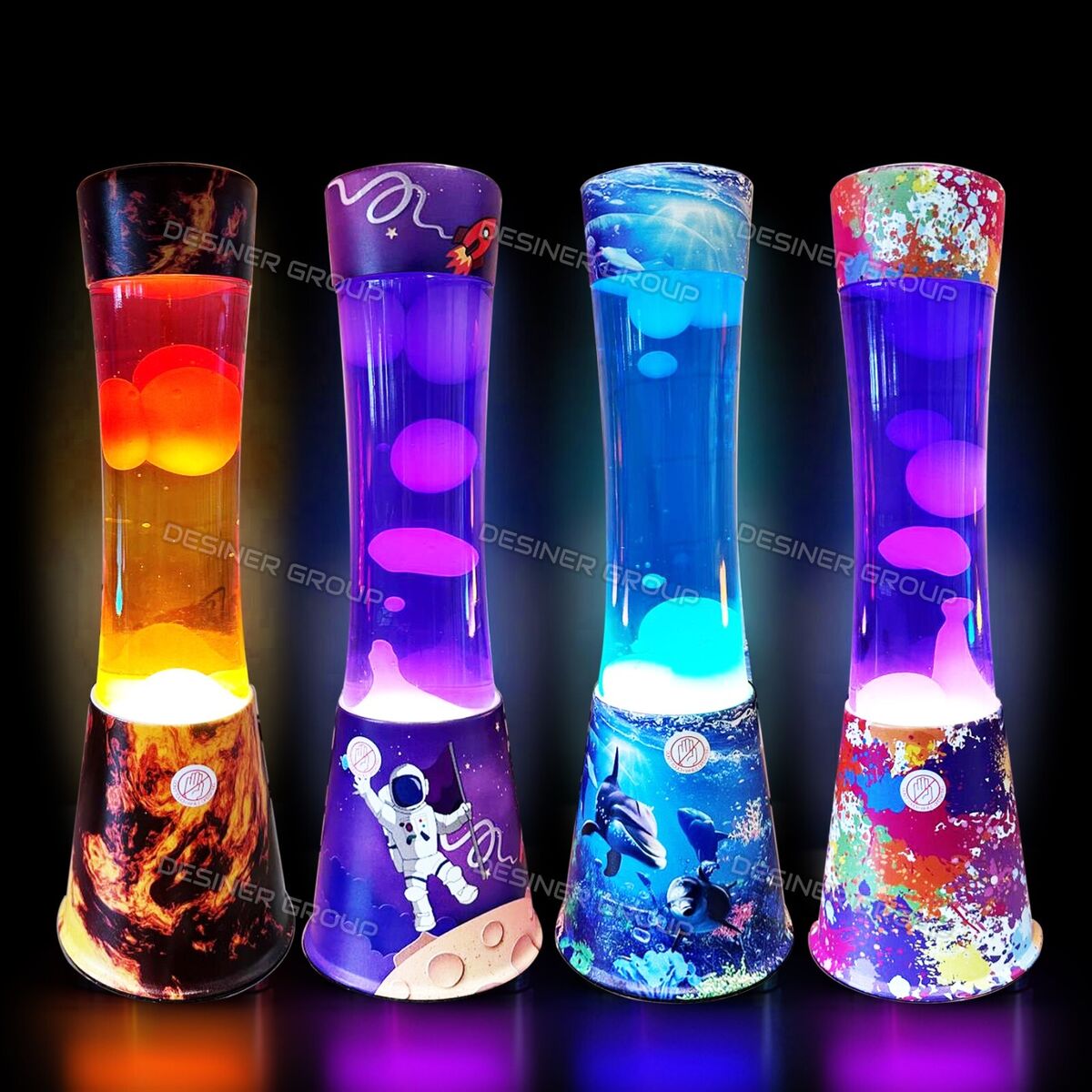Contents
A Fascinating History
Lava lamps, those mesmerizing blobs of colored wax floating in a liquid-filled glass container, have a rich history that dates back to their invention in the 1960s. Created by British entrepreneur Edward Craven Walker, the lava lamp found its place in the counterculture movement of the 60s and 70s, becoming a symbol of psychedelic and the free-spirited era. The fascination began with the hypnotic and slow-moving blobs that are said to mimic the flow of lava, hence the lamp’s name. Over the years, the lava lamp became more than just a novelty; it became an icon of design that has withstood the test of time. They are now found in homes across the world, beloved by many for their retro appeal and the soothing ambiance they provide.
Despite the changing design trends over the decades, lava lamps have maintained their popularity. Walker’s original design, marketed under the name “Astro Lamp,” quickly became a must-have item shortly after its launch. This sparked a wave of imitators and innovators, ensuring that lava lamps stayed in the public eye. Today, they remain a nostalgic fixture for those who grew up with them and a novelty for younger generations intrigued by their vintage charm. The enduring appeal of lava lamps speaks volumes about their unique place in decor history.
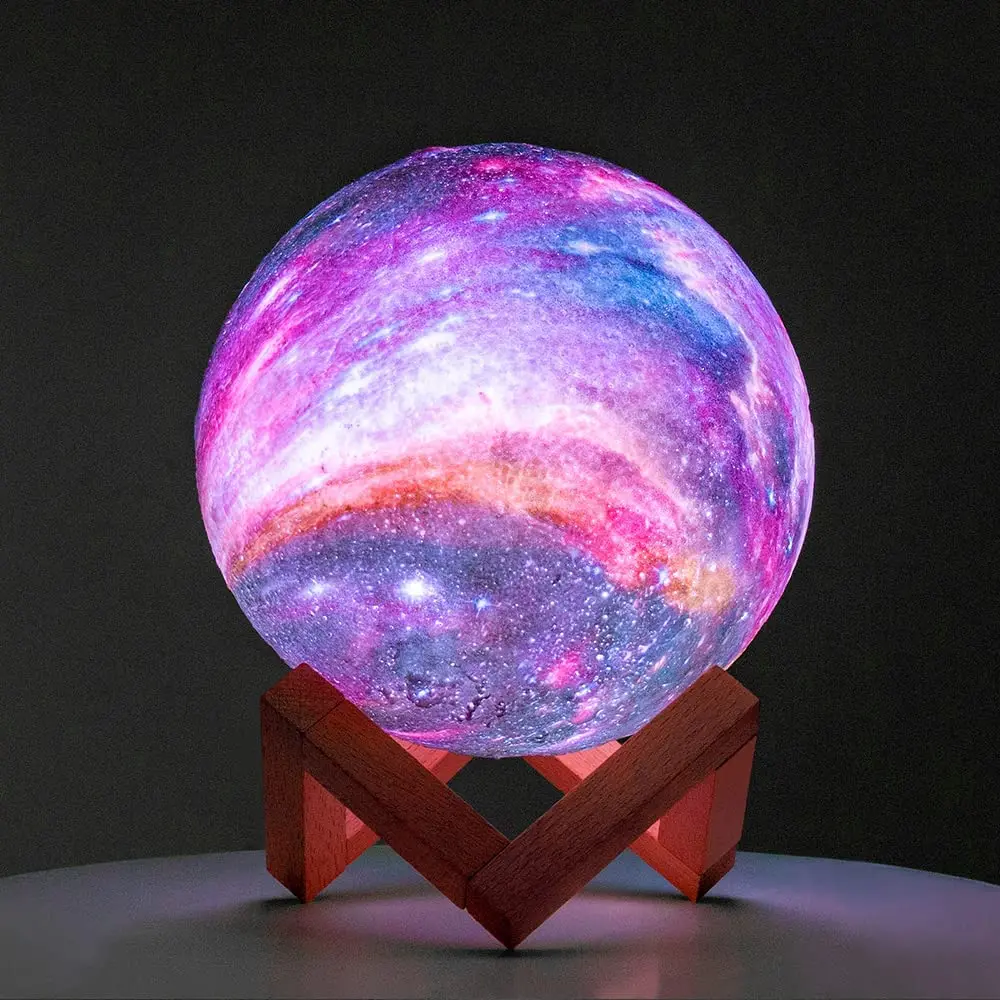
The Science Behind the Magic
The enchanting dance of colors and shapes within a lava lamp is not just for visual pleasure, it’s also an interesting display of science. A lava lamp typically consists of a specially formulated colored wax suspended in a liquid medium, usually a mixture of water and various chemicals. As the lamp’s incandescent bulb heats the bottom of the bottle, the wax becomes less dense by expanding, causing it to rise. Once it reaches the top, the wax cools, contracts, and then sinks back down, creating a captivating cycle of movement.
The specifics of the fluid dynamics at work in a lava lamp are rather complex. The heat creates convection currents in the liquid, which aid in the transfer of the wax blobs throughout the vessel. Importantly, the substances inside the lava lamp must have similar densities, which allows for the wax to float and sink as its temperature changes, instead of simply staying at the top or bottom. This delicate balance creates the iconic lava-like movement. It’s no wonder that many people find watching a lava lamp to be a soothing experience, as it provides a gentle and continuously shifting visual stimulus.
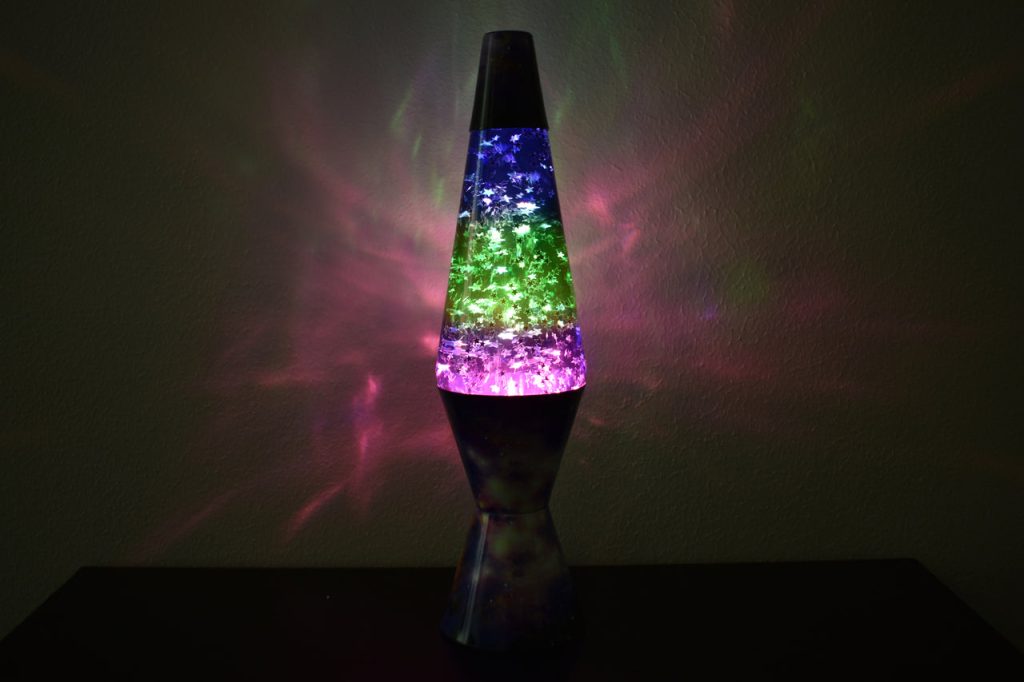
A Creative Lighting Option
In terms of practicality, lava lamps offer more than just a psychedelic spectacle; they are also a creative lighting option for various settings. The soft, glowing light emitted by lava lamps can create a warm and intimate atmosphere, making them an ideal choice for mood lighting in bedrooms, living rooms, or other social spaces. The subdued light is easy on the eyes and can help to relax the mind, perfect for unwinding after a long day or for creating a cozy setting for guests.
In addition to their ambient glow, lava lamps can serve as a focal point in interior design. With an array of colors and styles now available, from retro metallics to sleek modern designs, there is a lava lamp to complement nearly every aesthetic. Placed strategically, they can highlight architectural features of a room or bring a pop of color to an otherwise neutral space. As they have evolved in design, lava lamps have also embraced energy efficiency with LED options, ensuring their place in the eco-conscious homes of today.
The Impact of Lava Lamps
Therapeutic Benefits
Lava lamps go beyond their decorative function and have been touted for their therapeutic benefits. The slow and gentle motion of the wax as it rises and falls can be mesmerizing and calming, which is why many people find them helpful for reducing anxiety and promoting mental relaxation. This makes them an excellent accessory for spaces dedicated to meditation, therapy, or just unwinding.
This therapeutic effect is akin to the principles behind a mindfulness practice; focusing on the movement of the wax allows for a meditative state, where distracting thoughts can be let go as attention narrows to the flow within the lamp. The gentle light also contributes to the calming effect, as it doesn’t overstimulate the senses, which is especially beneficial before sleep. Many users report that having a lava lamp on in the background during stressful work or study sessions helps to keep them calmer and more focused.
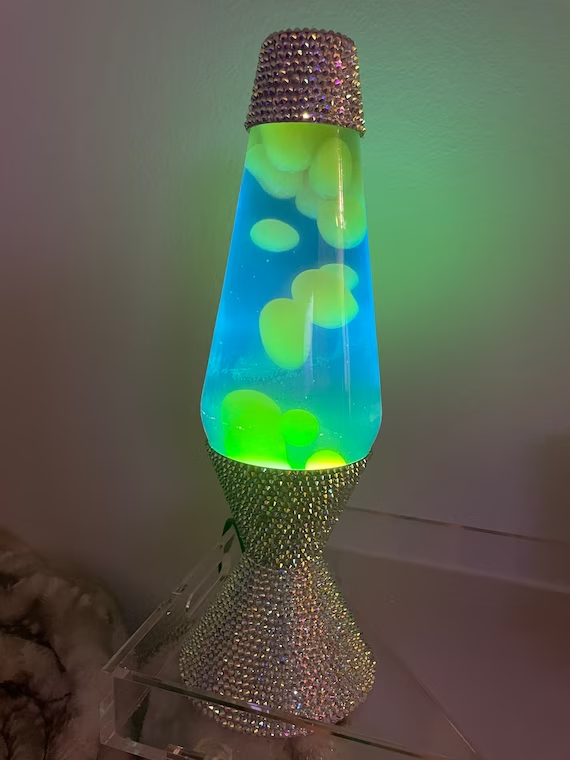
Educational Applications
Lava lamps aren’t just a charming relic of the past; they can play a significant role in education, particularly in teaching basic principles of chemistry and physics. Understanding the operation of a lava lamp covers several scientific concepts, including density, solubility, and thermal expansion. This can be a practical and interactive demonstration that captivates students’ attention more effectively than traditional methods.
Teachers can use lava lamps to illustrate the behavior of materials under heat, and the concept of immiscible liquids – a pair of liquids that won’t mix together. Furthermore, the science of
lava lamps can also lead into discussions on light and color theory, as students explore why the wax and liquid appear different colors. Incorporating lava lamps into the curriculum isn’t just a creative way to make learning more interactive; it also engages students who might not be as responsive to conventional teaching methods, making complex scientific principles more understandable and accessible.
As educators look for ways to bring science to life, lava lamps offer an excellent opportunity to blend learning with fun. Whether it’s a classroom experiment to build their own makeshift lava lamp using household materials or a physics lesson that delves into the theory behind their operation, the educational value of these fascinating objects is undeniable. This hands-on learning approach not only strengthens comprehension but also encourages curiosity and critical thinking skills, essential components of scientific education.
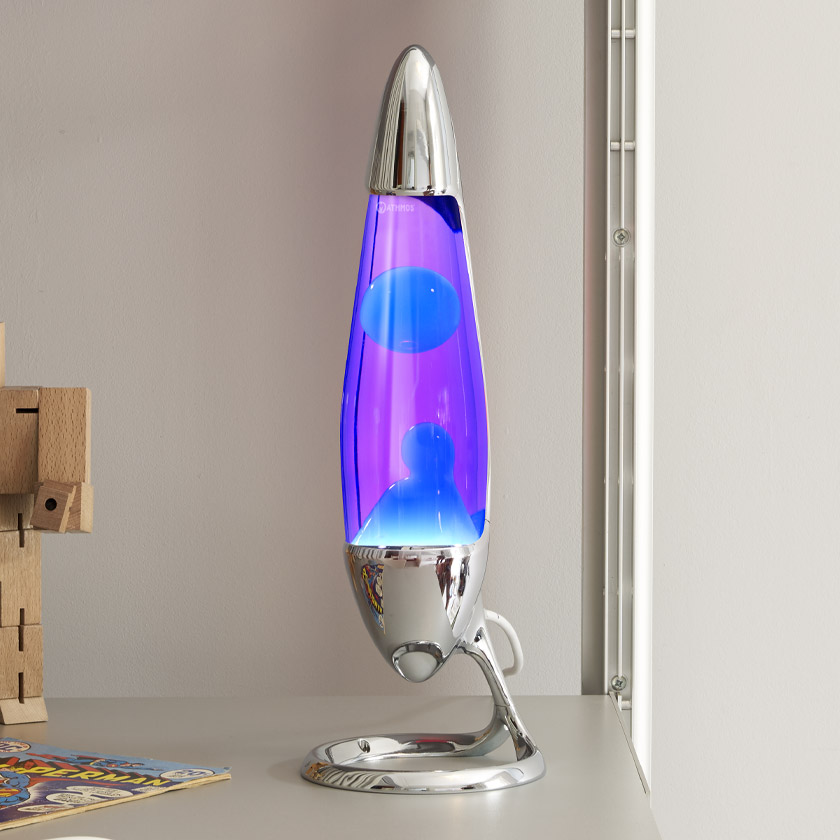
The Future of Lava Lamps
Technological Innovations
As we move further into the 21st century, the potential for integrating modern technology with lava lamps presents an exciting frontier. Already, advancements in lighting, such as LEDs, have made them more energy-efficient and versatile in their color range. The next step might see lava lamps incorporating smart technology, enabling them to change color or pattern in response to music, voice commands, or even connected home systems. This could vastly expand their use as interactive decor, providing not just ambient lighting but also serving as dynamic art installations that reflect the mood or activity of a room.
Furthermore, the development of new materials and manufacturing processes could lead to safer, more durable lava lamps that are easier to maintain and longer-lasting. Biodegradable or recyclable materials might replace current components, aligning lava lamps with environmental sustainability goals. Such innovations would not only ensure the continued popularity of lava lamps but also their adaptation to the evolving demands of contemporary consumers who prioritize both style and sustainability.
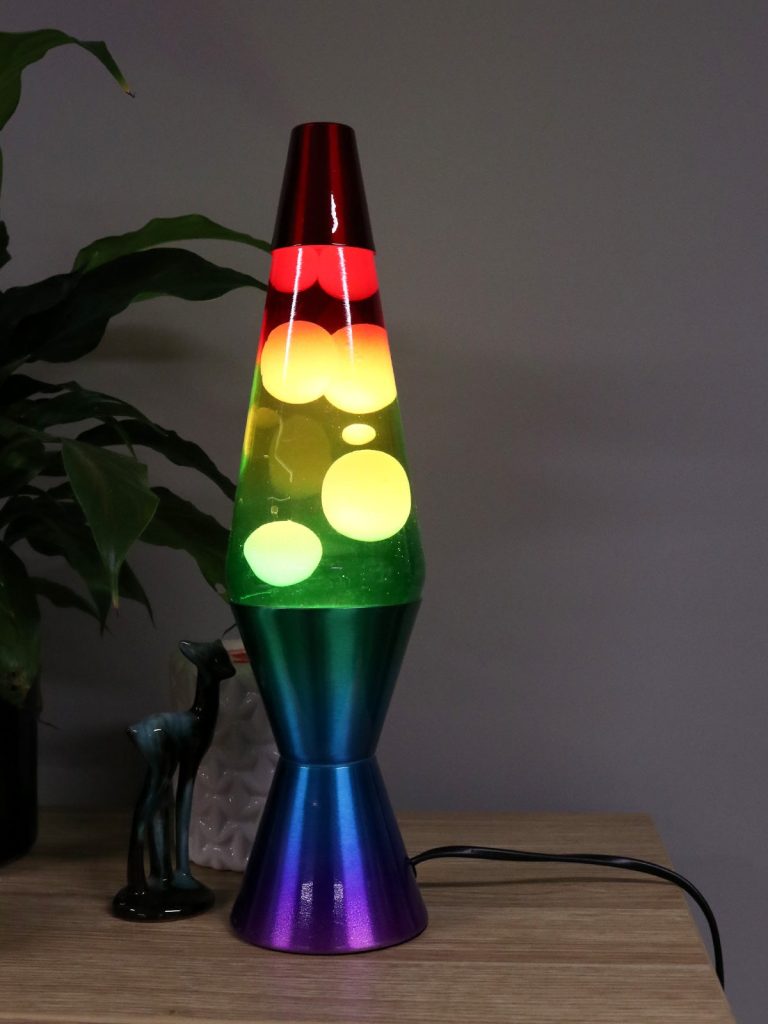
Preserving the Legacy
While embracing the future, it’s also essential to preserve the charming legacy of lava lamps. Collectors and enthusiasts worldwide cherish vintage models for their historical significance and unique designs. In fact, there’s a growing community of lava lamp aficionados who restore, trade, and celebrate these pieces, keeping the story of their inception and cultural impact alive. Museums and exhibitions occasionally feature lava lamps, highlighting their role in design history and pop culture.
The challenge for manufacturers and designers is to innovate while respecting the nostalgic appeal that makes lava lamps so beloved. By balancing modern advancements with retro design elements, lava lamps can continue to enchant future generations. It’s this blend of the past and future that ensures lava lamps remain not just a lighting option but a cultural icon, symbolizing innovation, creativity, and the enduring human fascination with light and color.
